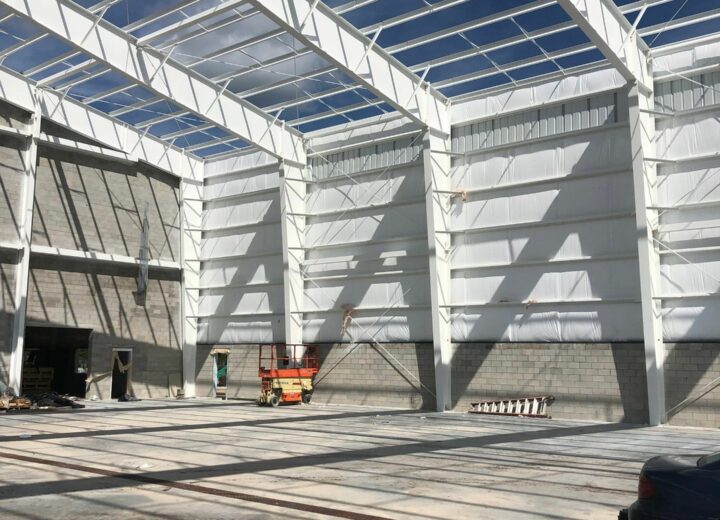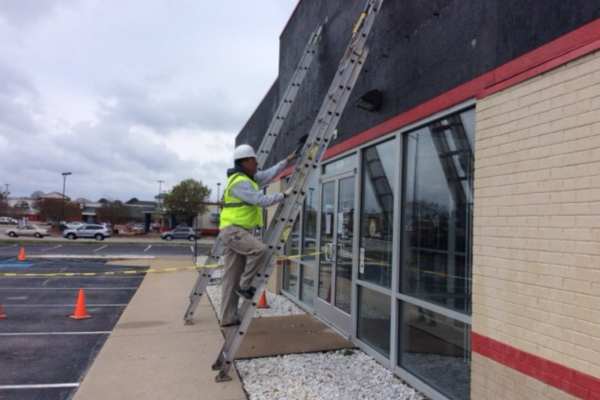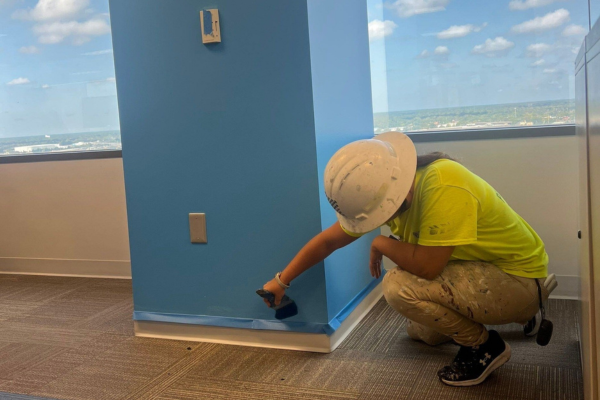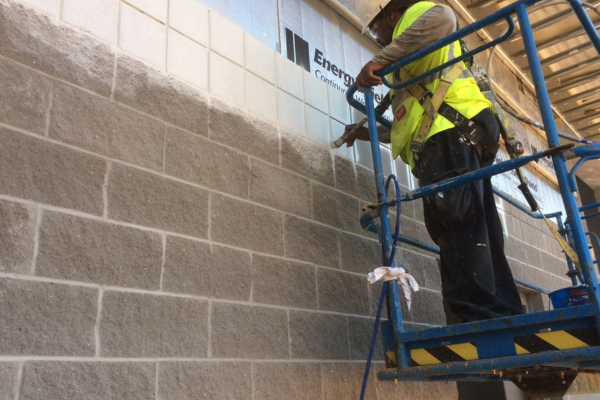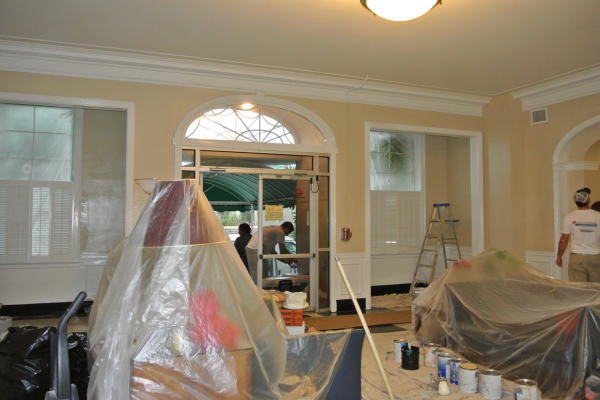Let’s be honest: painting walls isn’t that difficult. Yet a high number of lousy paint jobs tend to contradict us. Here’s one question we get asked quite often: “Two weeks after the painter completed my project, the paint started to crack and peel. And the worst part is that I didn’t get a written contract from him. What can I do to fix paint failure?”
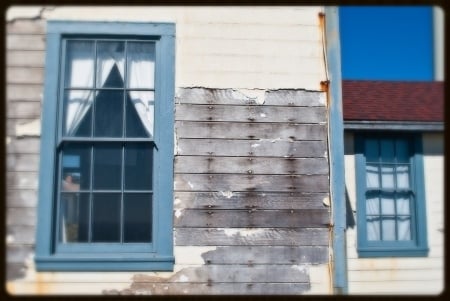 Unfortunately, there are no magic solutions. One thing a home or a business owner can do to fix a bad paint job is to call the contractor and ask him to correct the problem. But if there is no written contract, the painter may refuse to rectify defects. In this case, the person must hire another painter to perform remedial work. Evidently, he or she will have to pay for repairs.
Unfortunately, there are no magic solutions. One thing a home or a business owner can do to fix a bad paint job is to call the contractor and ask him to correct the problem. But if there is no written contract, the painter may refuse to rectify defects. In this case, the person must hire another painter to perform remedial work. Evidently, he or she will have to pay for repairs.
How Much Does Paint Failure Really Cost?
The decision to paint your property involves a lot of money, time, and effort. Therefore, ending up with a paint job that fails within weeks is more than just annoying, not to mention the additional costs that will be incurred. Cracking, blistering, and peeling paint isn’t something new. Yet only a few people know how to estimate a paint job correctly in order to understand the costs they need to cover when paint jobs fail prematurely.
To begin with, if the paint fails due to wrong application techniques, the painter will most probably have to scrape off the old paint and apply a new coat. Considering that a gallon of good-quality paint costs between $25 and $40, and a 2,500sq.f. area takes about 7 gallons of paint per coat, you can expect to spend anywhere between $175 and $280 only on paint if only painting one coat.
If the paint failed as a result of other, more serious problems that haven’t been fixed, the painter must perform additional tasks, such as replacing rotten wood, washing and treating problem areas, caulking, and applying the primer. In this case, the labor costs may be as high as $1,000 to $1,200 for the area mentioned above.
What’s more, many people don’t know that paint usually fails as a result of incorrect surface preparation and coating applications. As an example, incomplete removal of mildew or chalk (a fine, whitish powder that appears on exterior surfaces) may lead to poor adhesion between the substrate and the top coat. Also, paint failure may occur when the painter applies a new coat of paint before the previous coat has dried optimally. Paint quality and incompatibility along with ambient conditions, including temperature, relative humidity, and ventilation, are a few more factors contributing to premature paint failure.
But if for a homeowner paint failure typically translates into additional costs, for a business it means much more. Interrupting the business activity once again, in order to fix a bad paint job, may result in task rescheduling and overtime pay, a more stressful work environment, and even in loss of customers.
In order to avoid all these problems, the best thing you can do is to embrace a preventive approach to painting. Although the contractor you hire is fully responsible for the work he does, there are two things you can do to ensure the best outcomes:
- look for the right painter; if the company or contractor you intend to hire has a good reputation, you can rest assured knowing that your project will be well taken care of, from inception to completion;
- opt for the best quality materials you can afford; according to experts, high-quality materials last longer and give better protection to walls.

